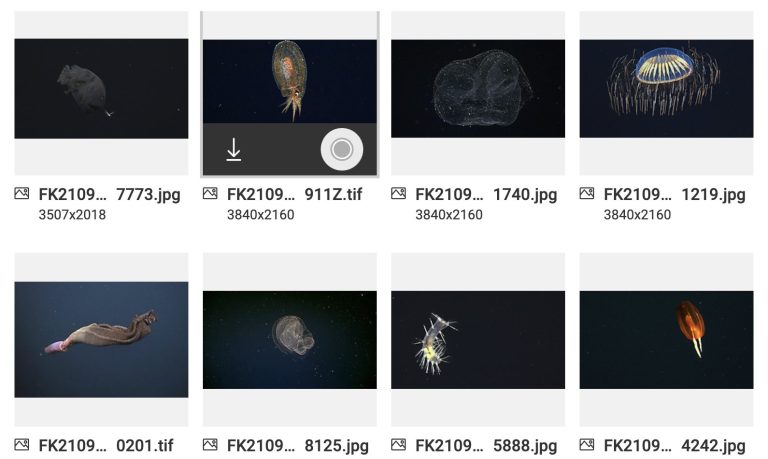Exploring the Ocean with Creative Commons: Sharing Data, Images and Footage

SOI has now applied the Creative Commons Attribution-Noncommercial-ShareAlike 4.0 International (CC BY-NC-SA 4.0) License for non-commercial use to provide open and easier accessibility to the data collected on the vessel, including footage of deep-sea creatures and underwater landscapes. This initiative promotes collaboration, education, transparency, and accessibility in Ocean research and encourages everyone to explore the depths and discover the wonders of the Ocean. The footage, which includes stunning visuals of deep-sea creatures and underwater landscapes, can be accessed after completing the intake form on SOI’s website. SOI’s open data and image-sharing policy reminds us that scientific discoveries belong to everyone and that we all have a role to play in protecting the Ocean and its inhabitants. Under the Creative Commons license, those who need the data will be able to access and use it as they wish, including the stunning visuals captured during research expeditions. Whether you are a scientist, filmmaker, educator, or simply a lover of the Ocean, there’s never been a better time to explore the depths and discover all the Ocean has to offer. We are excited to see how our data will be used in the coming months and years. More information about the open access to SOI imagery can be found on our website; scientific data is made available at a variety of open data centers listed here.
Open Source Publications
Geography, not lifestyle, explains the population structure of free-living and host-associated deep-sea hydrothermal vent snail symbionts – Hauer, M., Breusing, C., Termbath-Reichert, E., Huber, J., and Beinart, R., May, 2023
The analyses of this paper indicate that snail populations in the Mariana Back-Arc are differentiated by vent field geography rather than snail lifestyle. The data to draw on this conclusion came from examining the population structure of deep-sea snail species collected with R/V Falkor in 2016. The scientists determined that free-living and host-associated symbionts of the deep-sea snails from two separate hydrothermal vent fields are populations of a single species.
Levels of autotrophy and heterotrophy in mesophotic corals near the end photic zone – Carmignani, A., Radice, V., McMahon, K., Holman, A., Miller, K., Grice, K., and Richards, Z., May 2023
This paper provides new insight into the trophic ecophysiology of five species of scleractinian (stony) coral collected in the mesophotic zone from Ashmore Reef, Australia, on board R/V Falkor in 2021. The researchers used stable isotope analysis of host and symbiont tissues and protein concentrations to determine the physiological characteristics of the corals. The team then analyzed trophic strategies between coral species, showing species-specific differences in utilizing available light. The research was led by Amy Carmigiani, an honors student onboard R/V Falkor during the Australian Mesophotic Coral Examination expedition.
We invite you to share the newsletter with your friends and encourage them to subscribe, so they do not miss our first look at Schmidt Ocean Institute’s activities.
Chapter 5 Newsletter – 2023 • Menu
Subscribe to our quarterly newsletter
